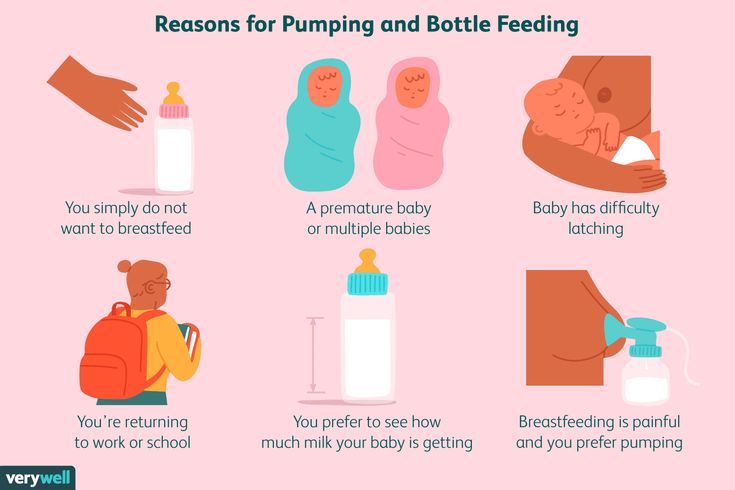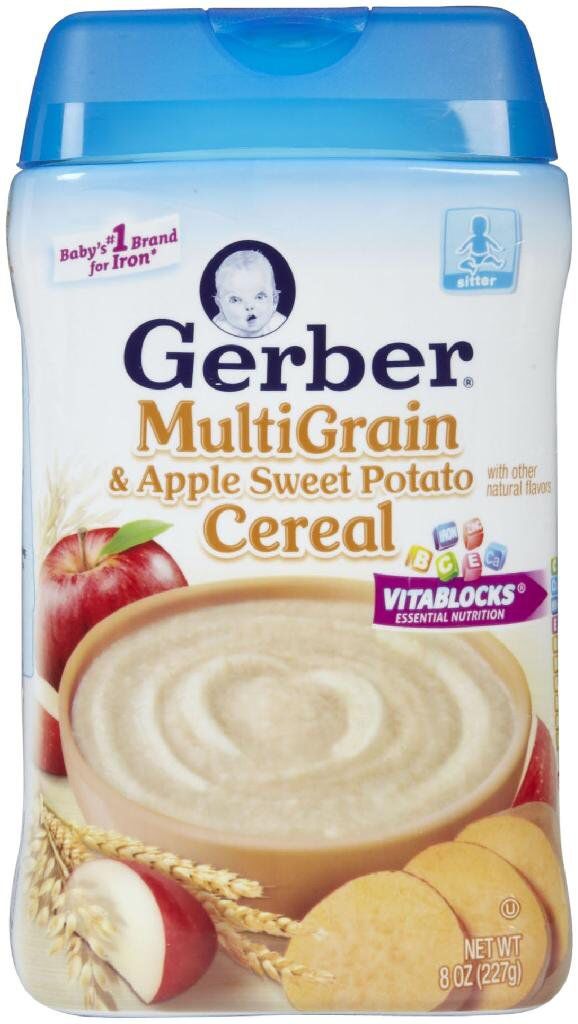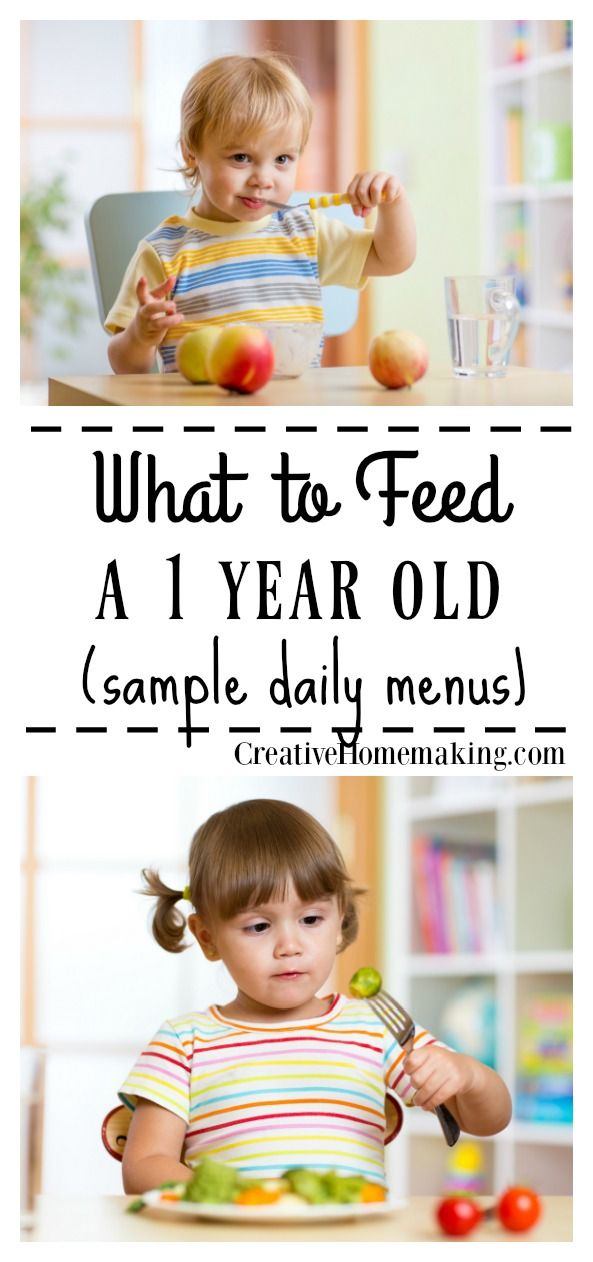Help patrick feed the babies
Patrick Donovan helps feed the babies in Chester County – Daily Local
It all started in 2008 when Patrick Donovan of Havertown, then a 17-year-old deaf teenager with autism, saw a program about childhood poverty and turned to his mother, Courtney Donovan, to ask whether there was anything they could do to help babies going hungry.
The television program Patrick saw was ‘The Changing Faces of Hunger,’ and talked about the growing problem of hunger in America’s middle- and lower-classes.
‘My son started crying because he loves babies,’ said Courtney. ‘He asked me if the babies were OK.’
Although Courtney expected Patrick to forget by the next day, he did not. As soon as he woke up the next morning, Patrick’s first question to his parents was ‘how are we going to help the babies.’
That was the catalyst for the founding of Help Patrick Feed the Babies, or HPFTB, a nonprofit organization that has been collecting and distributing baby food, formula and diapers every holiday season for six years. Around Thanksgiving each year, the organization begins accepting donations of money and food products through several drop-off locations, a PayPal account on its website, and even on Amazon that allows people to purchase products with a percentage of the cost sent to HPFTB.
‘Last year we built a Christmas tree out of all the products,’ said Courtney, who explained that the tree touched the ceiling of her two-story foyer. ‘It was beautiful!’ She said that each year, they are able to collect more donations which are then all given to local food banks.
This year, the collections will be taken to Philabundance and the Maternal and Child Health Consortium in West Chester, or MCHCCC, on the morning of Christmas Eve. Typically, HPFTB is able to collect between $15,000 and $20,000 worth of baby food formula, and other necessities, Courtney said. This year, before the collections have even begun, the organization has managed to collect $5,600 worth of products and monetary donations.
‘He has such a big heart,’ said Courtney of her son. ‘People don’t realize … there’s nothing disabled about their hearts,’ she said in reference to her son and other people with autism or other disabilities.
Recently, HPFTB was able to make a donation of $1,000 worth of food products and diapers to the MCHCCC. Courtney said they were able to see the facilities, and from there they knew it would be a long partnership. ‘We just fell in love with them,’ she said.
The donation was one that Courtney Coleman, the Healthy Start community education and volunteer manager at MCHCCC, said was desperately needed to help its Family Center and Healthy Start Program. ‘It’s been one of the largest donations we’ve ever received,’ she said. ‘We’ve distributed everything they’ve given us.’
The Healthy Start Program, which serves children from the first trimester of pregnancy until 2 years old, provides basic infant care items, such as blankets, infant wash cloths, baby wash cloths, small diapers and other items to make sure that the baby has an easy and healthy start in life. The Family Center provides an in-home pre-school experience for families who cannot afford one, and serves children ages two to five. Because of this, the donations of diapers, formula, and baby food from HPFTB was easily distributed to a number of families in the area.
The Family Center provides an in-home pre-school experience for families who cannot afford one, and serves children ages two to five. Because of this, the donations of diapers, formula, and baby food from HPFTB was easily distributed to a number of families in the area.
Patrick’s organization and the things he has managed to accomplish have managed to create a stir within the community, leading state Sen. Andrew Dinniman to personally thank him for his hard work.
‘Here is a young man who has already overcome great challenges and still continues to work to help those in need,’ said Dinniman, after meeting with Donovan to discuss his progress and the desperate need for more volunteers willing to help out at the MCHCCC.
Dinniman went on to quote Martin Luther King, Jr.: ‘life’s most persistent and urgent question is what are you doing for others,’ explaining that the quote is a life model that Patrick exemplifies and which everyone should hope they can also integrate into their own lives.
To learn more about HPFTB or to make a donation, visit its website at www.helppatrickfeedthebabies.org.
St. Patrick’s Day Recipes for Babies and Toddlers — Malina Malkani
I do love a good theme. And kids do too! Have you ever noticed how excited they get around holidays when it’s time to take out the decorations and set up to celebrate?
When it comes to introducing little ones to new foods, capitalizing on the excitement of a holiday theme can help make the process fun, exciting, and collaborative.
Especially for a hard sell (especially among toddlers!) such as green vegetables.
So let’s use the St. Patrick’s Day magic of four-leaf clovers, leprechauns, and parades to celebrate Irish culture and create positive associations with green veggies by offering babies, toddlers and kids some festive St. Patrick’s Day green foods!
What is it exactly that makes green vegetables so nutritious?
Depends on the vegetable, but most are rich in a wide variety of vitamins, minerals and antioxidants. Leafy greens in particular are brimming with vitamins C, K, A, folate, magnesium, iron and calcium, among other nutrients like fiber, some omega-3s, and even protein.
Leafy greens in particular are brimming with vitamins C, K, A, folate, magnesium, iron and calcium, among other nutrients like fiber, some omega-3s, and even protein.
Starting babies off early on in life with positive experiences around green foods (i.e., a soft steamed broccoli floret or a broccoli/spinach green baby food recipe) helps make it more likely that they will accept and choose these foods on their own as they grow.
Green veggies including bok choy, spinach, collard greens, and broccoli and are so nutrient-dense that it’s tempting to want to sneak a handful into your toddler’s chocolate banana smoothie or puree a bunch into their mac n’ cheese without telling them.
Don’t make this top feeding mistake!
Seriously, they are smarter than we give them credit for. You might get a few bites of something green into them by sneaking, but they eventually (if not immediately) figure it out. And when they do, they lose trust in you and become less likely to try other new foods you prepare.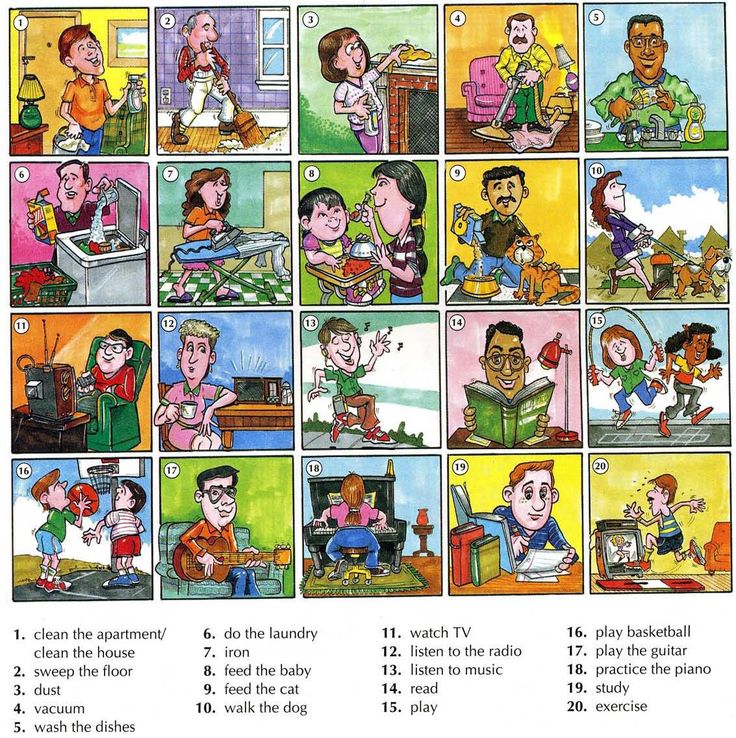
Don’t get me wrong - it’s great to serve green veggies in a variety of different ways including on their own, added to smoothies and casseroles, or baked into muffins and breads - but it’s more impactful in the long term to be up front and open about what you are serving.
If you want your little ones to learn to like foods that promote health like green vegetables, they need to know what they are eating. They need to see, taste, touch, squish, and experience foods (including green veggies) so that they can decide for themselves whether to eat them the next time they are offered, and the next and the next.
Which is why St. Patrick’s Day is such a great opportunity to create some positive and festive memories together with babies, toddlers and kids around fun recipes that include green vegetables.
Don’t forget - an exposure to a new food doesn’t have to mean eating it! Just seeing, touching, playing with, licking, or smelling a food also count as food exposures that when repeated over time, increase the likelihood that a child will accept that food. If you're interested in learning more about picky eating, picky eating support, and tools to overcome picky eating, check out this blog post.
If you're interested in learning more about picky eating, picky eating support, and tools to overcome picky eating, check out this blog post.
To help you introduce and re-introduce green veggies to your littlest eaters, here’s a round-up from some of my favorite registered dietitians of nutritious, St. Patrick’s Day green recipes for babies, toddlers and kids that showcase green vegetables in bright, flavorful ways.
Enjoy!
If you’re getting ready to start your baby on solids, download my FREE Baby-Led Feeding Essential Checklist to make sure you have everything you need to get started. You might also want to check out my new online course for parents, based on my best-selling book which will walk you through the whole process of starting solids using a baby-led approach.
Alternatively, if your baby is almost ready to start solids and you’re looking for someone you trust to map out the entire first 12 weeks of your baby’s solid food feeding journey, check out my new Safe & Simple 12 Week Meal Plan! Over 30 recipes, weekly shopping lists, tons of balanced baby meals, a complete plan for top allergen introduction, & lots of guidance (with photos) on how to safely serve each food.
How to feed your child with vegetables, even if he does not like them / 7 effective ways - an article from the "How to feed" section on Food.ru
Method one: experiment
In a survey conducted by scientists from Staffordshire University, it turned out that many children aged 9-11 do not like the taste of thermally processed vegetables. So, some love carrots exclusively in a salad with an apple, others prefer to gnaw it whole, and still others - lo and behold! - love it stewed. nine0005
And here it is important to experiment: if your child prefers cauliflower only in the form of puree, and recognizes green beans fried with an egg in a pan, so be it.
The Nestlé Feeding Infants and Toddlers Study in the United States found that french fries are the most popular vegetable among children. And 27% of preschool children do not eat vegetables on a daily basis.
-
Life hack: if your child categorically refuses vegetable salad, offer him all the vegetables separately in the form of cuts.
 nine0005
nine0005
The second way: offer a mix of vegetables and fruits
Almost any brand of children's products has fruit and vegetable purees in their assortment. Cauliflower with apple and banana, pumpkin with peach, broccoli with pear will please the child more than just puree from one vegetable.
Research shows that babies who are breastfed for the first six months are more likely to eat vegetables than those who eat formula.
Research proves that the more foods a child has tried in the first year and a half of life, the wider his diet will be later. So try to offer your child the maximum variety of vegetables and fruits during the feeding period.
-
Life hack: you can make similar mixes yourself and at home. Enough to have a blender. The only thing is, try to make sure that the child, if he categorically does not accept vegetables, would not see what you are making smoothies from.
Method three: mask
Meatballs, casseroles and cutlets will be juicier if grated zucchini or potatoes are added to them.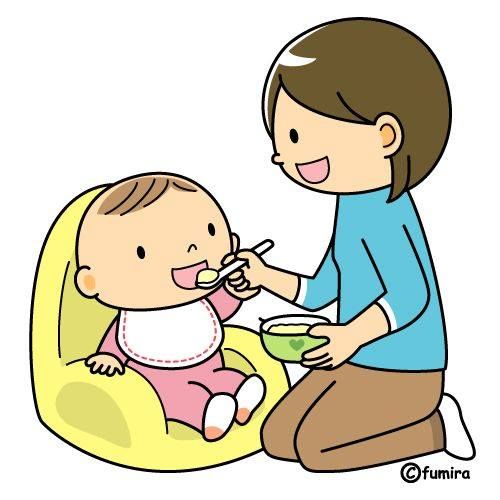 Favorite children "hedgehogs" are unthinkable without stewed carrots and onions. Mashed potatoes with mashed cauliflower, parsnips, or celery will have a delicate flavor and airy texture. And pancakes from zucchini, carrots and potatoes are usually not considered vegetable children.
Favorite children "hedgehogs" are unthinkable without stewed carrots and onions. Mashed potatoes with mashed cauliflower, parsnips, or celery will have a delicate flavor and airy texture. And pancakes from zucchini, carrots and potatoes are usually not considered vegetable children.
Research has been carried out in a number of countries on the influence of food choices on the enjoyment of vegetables. It turned out that the child would give preference to one variety of vegetables if he was asked to make a choice between at least two types. nine0005
Fourth way: cooking together
Carrot cake, pumpkin cheesecake, spinach and cheese tart, cabbage pies - there are a lot of recipes for baking with vegetable fillings. Get your child interested in baking together. Carrot cookies are easy to prepare, and a pie with tomatoes and basil can be made even by a younger student if there is a layer of puff pastry on hand.
Fifth way: Serve in an unusual way
Try to serve vegetables in an interesting way: cut into long sticks and put in a glass, cut cucumber shapes with a cookie cutter.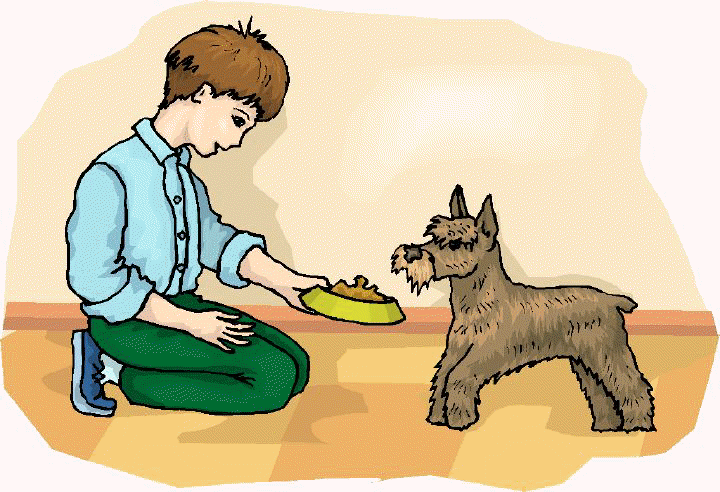 If you have time, master the art of carving: carrot flowers, tomato roses, zucchini spirals. They can decorate mashed potatoes, and make “eyes” for cutlets from olives and olives. From greens, a lush mop of “hair” is obtained, and green beans are “needles” for hedgehogs or meatballs. nine0005
If you have time, master the art of carving: carrot flowers, tomato roses, zucchini spirals. They can decorate mashed potatoes, and make “eyes” for cutlets from olives and olives. From greens, a lush mop of “hair” is obtained, and green beans are “needles” for hedgehogs or meatballs. nine0005
An analysis of numerous international studies has shown that children learn to eat vegetables more quickly if they are freely available: for example, on the table during family dinners. (PublicHealthNutr. 2009 and Appetite. 2015).
Method six: eat while playing or reading
Accompany any child's activity with vegetable snacks. While drawing, put a plate of cherry tomatoes on the table, read fairy tales with carrot sticks, play board games while eating a vitamin salad of grated vegetables. nine0005
Another option: feed to the accompaniment of cartoons. The brain is switched off in the process, and the child eats automatically. But don't overuse it.
Method seven: trying is not eating
This method works with older children: simply invite the child to try.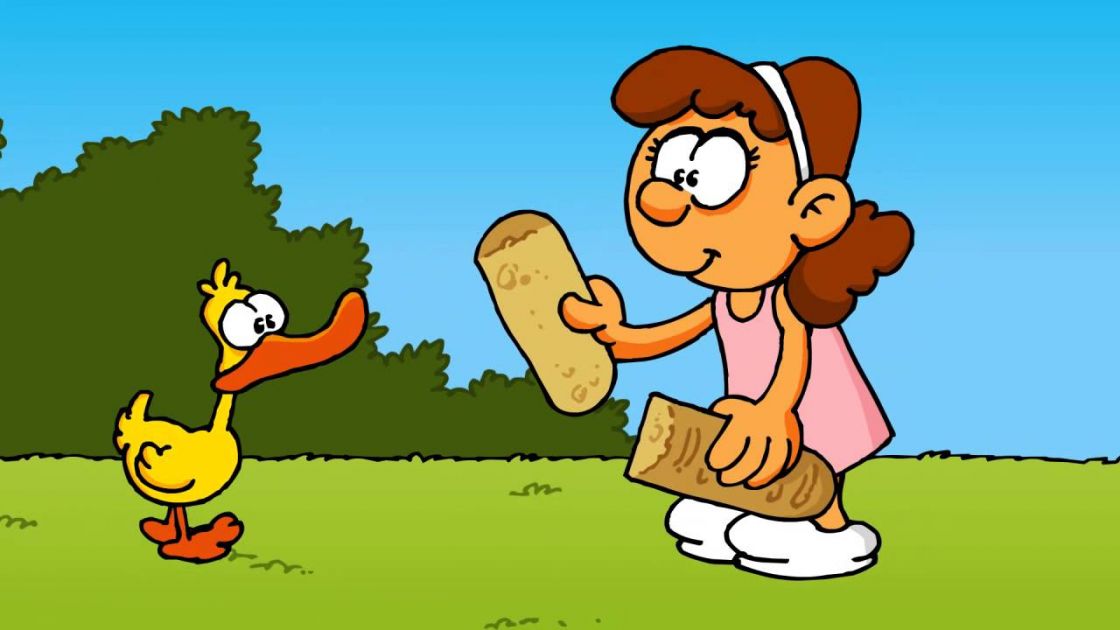 He doesn't have to eat the whole serving of cauliflower in batter or vegetable casserole with green peas. But to try one spoon is to show concern for the person who was preparing dinner.
He doesn't have to eat the whole serving of cauliflower in batter or vegetable casserole with green peas. But to try one spoon is to show concern for the person who was preparing dinner.
5 books that will help get your child interested in vegetables and more:
-
The Secret Life of Vegetables, Alena Vodopyanova
Publisher: Compass-Gid
Collection of fascinating, mysterious and funny stories about vegetables from our kitchen . The author reveals the secrets of the taste and benefits of vegetables and introduces the amazing properties of familiar products.
-
"Experiments with vegetables, fruits and other products", Bianchi Claudia, Pompili Matteo, Monaco Lorenzo
Publisher: "Eksmo"
With this book you can become a real magician! And learn a lot about vegetables and fruits. Did you know that if you cut an apple crosswise, there will be an asterisk on the cut? And if you conduct a similar experiment with pears or tomatoes, what do you think will happen?
Lots of interesting facts, visual experiments and life hack: how to keep olives afloat.
-
Cooking with Petson and Findus, Sven Nordqvist
Publisher: Belaya Vorona
It is not easy to find a child who does not know a kitten in green striped pants. He is loved by both preschoolers and schoolchildren. And Findus, by the way, loves not only fish. This book has a lot of vegetable recipes. Of course, your child will certainly want to try the dishes of their favorite character.
-
“How a pear gets into the brain”, Ilya Kolmanovsky
Publisher: “Pink Giraffe”
Witty illustrations and interesting stories about the complex relationship between man and food. What happens if you eat something wrong? What is the Healthy Eating Pyramid? And how is the brain connected to our belly? This book will answer these questions and hundreds more. nine0005
-
"Unusual Journeys of Ordinary Things", Libby Deutsch
Publisher: "Eksmo"
Looking at funny illustrations, the child learns how the juice is on the table, how vegetables are harvested - the book introduces the world of vegetables, fruits and ordinary of things.
What can be done?
Eat your own vegetables more often to set a good example.
Read also
-
How to teach your child table manners
-
Baby at the table with a phone / Break the habit or accept
-
Montessori school in the kitchen / Fun games for the baby while mom cooks
Feeding the baby
Elena Gvozdetskaya
Pediatric GMS Clinic
Ask two mothers how to properly feed a baby and you will get two different answers. This is indeed a delicate and difficult issue. But let's look into it together with expert pediatrician GMS Clinic Elena Gvozdetskaya. The doctor spoke about the principles of nutrition for babies, gave recommendations on the choice of products, the method of preparation, and much more. nine0005
What are the 3 main principles of feeding children
- Safety.
- Variety.
- Regularity.
Does the number of feeds depend on the child's age?
Yes, it depends..jpg) The younger the child, the more meals should be. After all, the small stomachs of children cannot digest a lot of food at a time. For example, babies are fed every 3-4 hours, and preschoolers - 3 to 5 times a day.
The younger the child, the more meals should be. After all, the small stomachs of children cannot digest a lot of food at a time. For example, babies are fed every 3-4 hours, and preschoolers - 3 to 5 times a day.
A young child's serving size can be measured with their fists. He should eat 12 such "cams" of food, of which 2-3 are main meals, 1-2 are snacks. Plus, there should be 2-3 servings of dairy products per day. nine0005
Why are breakfasts, lunches and dinners a must?
Food is a source of energy and nutrients. It must be done regularly so that the baby is active, grows and develops properly. Complete breakfasts, lunches and dinners are the key to children's health.
Also, thanks to the diet, you can think over the diet for the day so that the child gets the required amount of calories from healthy food. Parents often plan in advance what meals to cook as main meals. nine0005
Is it okay to have snacks between main meals?
Yes, it is necessary.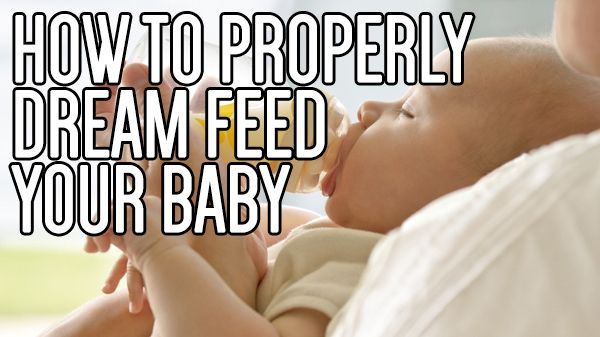 Long breaks between meals can lead to fatigue, fatigue, low blood sugar and concentration, memory.
Long breaks between meals can lead to fatigue, fatigue, low blood sugar and concentration, memory.
It is important that snacks include healthy foods such as vegetables, fruits, grains or protein. For example, you can make dried fruit bars, sandwiches with bread and eggs.
Is it necessary to give porridge for breakfast? Which are the best to choose? nine0003
No, not required. Porridge can be replaced with sugar-free cereal or a whole grain bread sandwich. During the day, the child should eat 5-6 "cams" of cereals.
You can choose any porridge for breakfast: oatmeal, rice, buckwheat, corn, millet. Be sure to cut out sugar. Instead, fruits, dried fruits are added to some dishes, and honey can be given to children over 1 year old.
How to replace cereals for breakfast to diversify the diet?
Any healthy product will do. The main thing is that the first meal should give satiety for at least 2.5 hours - before a snack. Breakfast usually includes: nine0005
- cereals: porridge, cereals, muesli, granola, healthy baked goods;
- protein: scrambled eggs, meat, fish;
- dairy products: yogurt, milk, cheese, syrniki;
- vegetables or fruit.

These products can be combined in various ways. For example, this morning offer your child cheesecakes with strawberries, and tomorrow - an omelet with whole grain bread and cheese.
Remember that according to statistics, children who do not eat breakfast eat sweets more often and drink carbonated drinks. Because of this, they have an increased risk of obesity, the development of cardiovascular diseases and caries. nine0005
Does the child really need soups?
Actually, no. Some parents often prepare soup for their children because it is easier for babies to chew and it passes through the esophagus to the stomach faster. After all, there is already liquid in the dish. This is more convenient than chewing dry food for a long time and carefully so that the required amount of saliva is released.
Soup is water, vegetables and meat. It will be just as helpful if the child eats them simply sliced, chewed thoroughly, and drinks enough liquid throughout the day.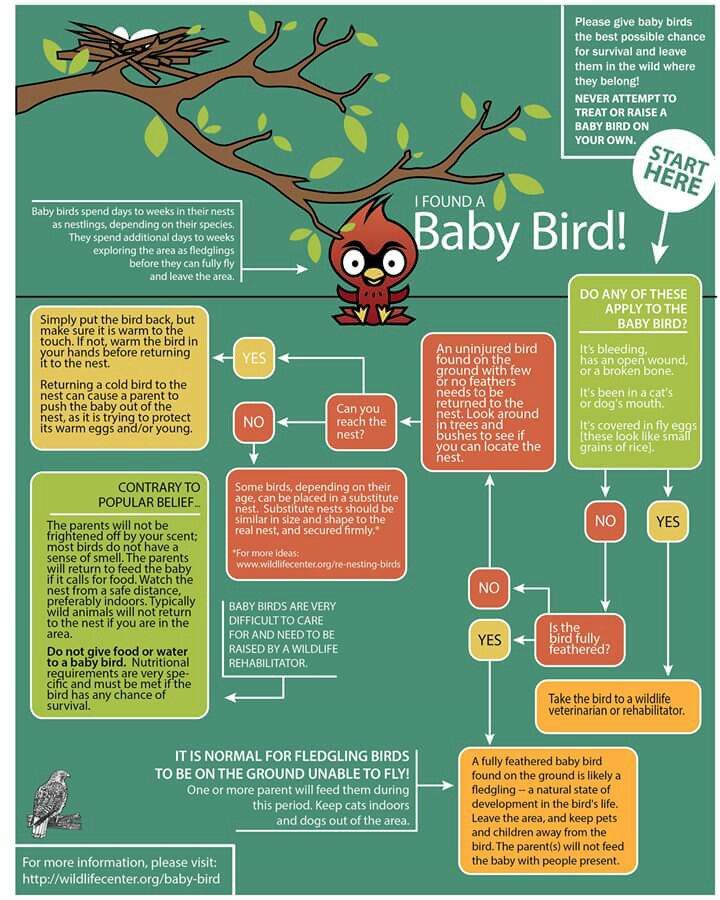 The main thing is to make sure that the meal includes different food groups. It doesn't matter if it's borscht or vinaigrette. nine0005
The main thing is to make sure that the meal includes different food groups. It doesn't matter if it's borscht or vinaigrette. nine0005
What is the ideal dinner for a child?
The main thing is that the child does not experience hunger at night. So choose foods that saturate well. For example:
- cereals: buckwheat, rice, bulgur;
- proteins: chicken, turkey;
- vegetables.
For example, buckwheat with boiled turkey and broccoli is a great dinner option. Or bulgur with steamed chicken cutlets and cucumber and tomato salad.
Toddlers can have a second dinner 20-30 minutes before bedtime. Choose foods such as kefir, yogurt or some kind of fruit. Just don't forget to brush your child's teeth afterwards. nine0005
Do kids only need freshly prepared food, or is yesterday's soup okay too?
Food that has been stored for more than two hours at 6 to 8 °C is no longer safe for the baby. We do not recommend giving it, because pathogenic bacteria begin to multiply there and toxins are released. If you want to store the dish for about two days, you need rapid cooling to 6 degrees and below.
If you want to store the dish for about two days, you need rapid cooling to 6 degrees and below.
What are the ways to cook food?
The best methods are steaming or boiling. The latter is considered the best option for killing harmful bacteria because the entire surface of the product is in hot water. And steaming preserves the maximum of vitamins. nine0005
Food can also be baked and fried, but with a little oil. But the formation of a black crust should not be allowed - the rarer the dishes of this method of preparation in the child's diet, the better.
What kind of meat and fish to choose for children?
Our recommendation:
- red meat - 1 portion three times a week: beef, pork, lamb;
- white meat - 1 serving per day: chicken, turkey, rabbit;
- fish - 2 times a week: hake, cod, perch, red fish. nine0014
Please note! Do not give your child the meat of large predatory fish, such as shark, tuna. After all, they can accumulate mercury and other harmful substances.
What is the norm of fruits and vegetables for a child per day?
Small children's recommendation: 2-3 "fists" of fruits and vegetables per day. Remember that dried fruits and baked foods also count.
Cooked vegetables, fruit purees and some raw fruits such as avocado, mango, peach, banana can be given at the start of complementary foods. After a year, we recommend starting to introduce soft-skinned fruits into the diet - this is good for digestion. nine0005
Milk in the diet of children - for or against?
If the child is not lactose intolerant or allergic to cow's milk protein, he can drink it and eat dairy products.
When parents notice that their children are consuming too much of this micronutrient-rich drink, it is important to find the cause. Perhaps the baby is not enough from the diet of any substances. Offer a healthy substitute - you need the child to eat a variety of foods and get the whole set of nutrients from different foods.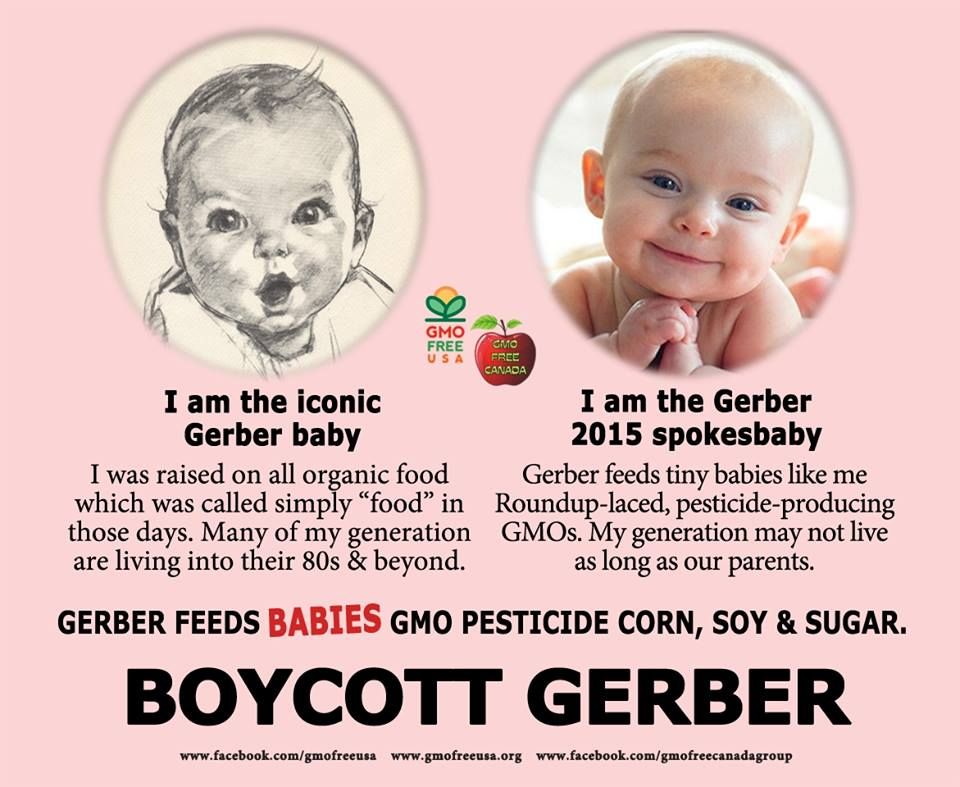 nine0005
nine0005
What drinks are good for babies and schoolchildren?
Give preference to the following drinks:
- pure water;
- mors;
- compote;
- natural juice or smoothie in small quantities;
- fermented milk drinks;
- milk.
All of these drinks must be free of sugar. When buying in a store, read the ingredients, even if it says "specially for children." nine0005
We do not recommend giving children the following:
- sugary drinks (packed juices, sodas) up to 3 years;
- tea, coffee, other caffeinated drinks up to 5 years;
- healing mineral water.
There are special children's teas, often containing sugar and herbal extracts. Therefore, we do not recommend giving them to a baby until he is 2 years old. Keep in mind that herbal drinks can cause an allergic reaction and reduce iron absorption, and are also not recommended for babies under 2 years of age. nine0005
nine0005
At what age can sweets be given to children? What exactly?
Follow these guidelines:
- no added sugar until two years of age;
- from 2 to 4 years of age, sweets may be limited;
- Ages 5 to 7 - 3-4 teaspoons of sugar per day is acceptable, including candies, cookies, sugary cereals, juices.
From the age of 5 all sweets can be given in moderation, eg marshmallows, marmalade, marshmallows, ice cream, cereal bars, chocolate. nine0005
What is the effect of dry eating in children?
Poorly chewed dry dense food moves down the esophagus worse, takes longer to digest, creates discomfort in the stomach and a feeling of "lump". It's not harmful, but it's uncomfortable. To avoid this, it is enough to chew food thoroughly and drink liquids throughout the day.
At what age can children be transferred to a common table?
Usually a year old, the child already eats pieces of most complementary foods, from this age it is possible to eat one meal with everyone. nine0005
nine0005
It is only important to adapt the baby plate:
- make meals without salt, salt separately for adults;
- cook until completely done or boiled, do not give raw;
- lettuce can be cut into small pieces: the baby should chew the pieces one at a time, adults should season with sauces in a separate plate;
- the child's meat must be divided into fibers;
- meatballs and cutlets - finely chop for children, pour the sauce separately for adults (the same with pasta and cereals). nine0014
If you are in doubt about whether a product is suitable for your baby, it is better to consult a pediatrician.
What should I do if my child refuses to eat healthy food and asks for sausages and biscuits?
If your child only asks for sausages and cookies, don't buy them. Keep healthy alternatives at home, explain, show by example healthy proper nutrition.
Sausages can be replaced with your baby's favorite type of meat, and biscuits can be replaced with fruit or homemade cakes made from healthy ingredients.



